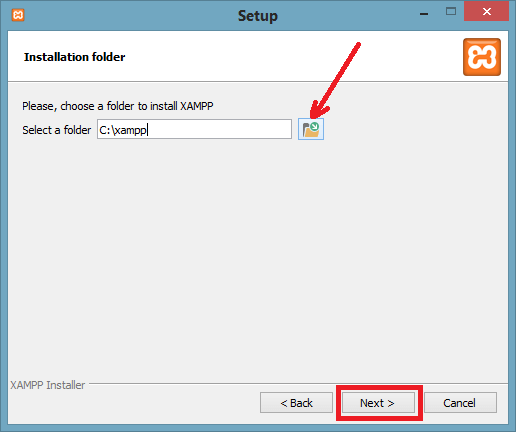

Choose a name for your WordPress database: ‘ wordpress‘ or ‘ blog‘ are good, but most hosting services (especially shared hosting) will require a name beginning with your username and an underscore, so, even if you work on your own computer, we advise that you check your hosting service requirements so that you can follow them on your own server and be able to transfer your database without modification.If a database relating to WordPress does not already exist in the Database dropdown on the left, create one:.Note: These instructions are written for phpMyAdmin 4.4 the phpMyAdmin user interface can vary slightly between versions.
INSTALL PHP INSTALL
If you work on your own computer, on most Linux distributions you can install PhpMyAdmin automatically. If your web server has phpMyAdmin installed, you may follow these instructions to create your WordPress username and database. If you have only one database and it is already in use, you can install WordPress in it – just make sure to have a distinctive prefix for your tables to avoid over-writing any existing database tables. For other tools such as Plesk, cPanel and Using the MySQL Client, refer the article Creating Database for WordPress. If you determine that you’ll need to create one manually, follow the instructions for Using phpMyAdmin below to create your WordPress username and database. Check your hosting provider’s support pages or your control panel for clues about whether or not you’ll need to create one manually. If you are using a hosting provider, you may already have a WordPress database set up for you, or there may be an automated setup solution to do so. The WordPress package will extract into a folder called wordpress in the same directory that you downloaded.

INSTALL PHP DOWNLOAD

Upload the WordPress files to the desired location on your web server:.Note: If you are not comfortable with renaming files, step 3 is optional and you can skip it as the install program will create the wp-config.php file for you. (Optional) Find and rename wp-config-sample.php to wp-config.php, then edit the file (see Editing wp-config.php) and add your database information.Create a database for WordPress on your web server, as well as a MySQL (or MariaDB) user who has all privileges for accessing and modifying it.Download and unzip the WordPress package if you haven’t already.

Here’s the quick version of the instructions for those who are already comfortable with performing such installations. If you need multiple WordPress instances, refer Installing Multiple WordPress Instances. Things to Know Before Installing WordPressīefore you begin the install, there are a few things you need to have and do. However, if you wish to install WordPress yourself, the following guide will help. Fantastico) to automatically install WordPress for you. Under most circumstances, installing WordPress is a very simple process and takes less than five minutes to complete. WordPress is well-known for its ease of installation.


 0 kommentar(er)
0 kommentar(er)
